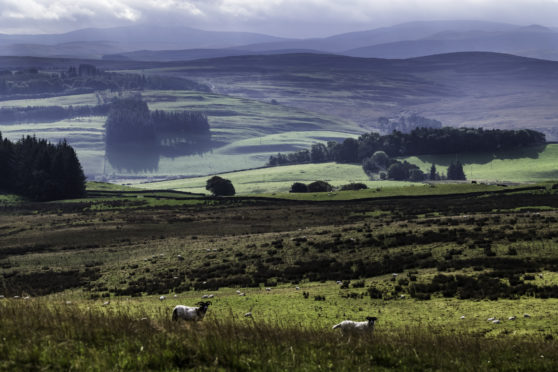Concentrated land ownership is causing “significant and long-term damage” to communities in some parts of Scotland, according to a new report by the Scottish Land Commission (SLC).
The findings follow last year’s call for evidence by the commission from anyone with experience of living or working in places where most of the land is owned by a small number of people.
More than 400 people – including farmers and landowners – submitted evidence.
SLC chief executive Hamish Trench said: “The evidence we have collected shows clearly it is the concentration of power associated with land ownership, rather than necessarily the scale of landholding, that has a significant impact on the public interest, for example in relation to economic opportunities, housing and community development.”
The commission found that where there are adverse economic or social impacts there is little or no method of redress for communities or individuals. It goes on makes a series of recommendations, including a public interest test for significant land transfers.
The commission also calls for changes in either ownership and/or management practice to protect fragile rural communities from the “irresponsible exercise of power” and more diverse private ownership to help achieve land reform objectives.
The report was welcomed by the Scottish Tenant Farmers Association (STFA) which said it was “acutely aware” of the impact a monopoly of landownership can have on the sector,
STFA chairman Christopher Nicholson said: “In particular we welcome the report’s recommendation that local communities should be allowed a greater role in influencing the planning and decision-making process, particularly where it involves land-use change in their locality.
“Large-scale conversion of agricultural land to forestry, for example, should be subject to planning constraints and should not take place without the agreement of local people, especially where it alters the character of the area and involves the displacement of tenant farmers and others to make way for tree planting.”
Landowners organisation, Scottish Land and Estates (SLE), called for more detailed examples to support the findings that concentrated land ownership is damaging fragile communities and insisted land reform passed in 2016 should be given time to bed in before further measures are considered.
SLE executive director Sarah-Jane Laing said: “The stereotypical view of landowners held by some simply does not reflect current day reality.
NFU Scotland (NFUS) president Andrew McCornick said land use rather than ownership should be the focus of policy direction.
He added: “Farmers will be concerned that the report implies there could be even more interference in how they go about farming. Farming is difficult without others interfering with normal daily practices.”
nnicolson@thecourier.co.uk










